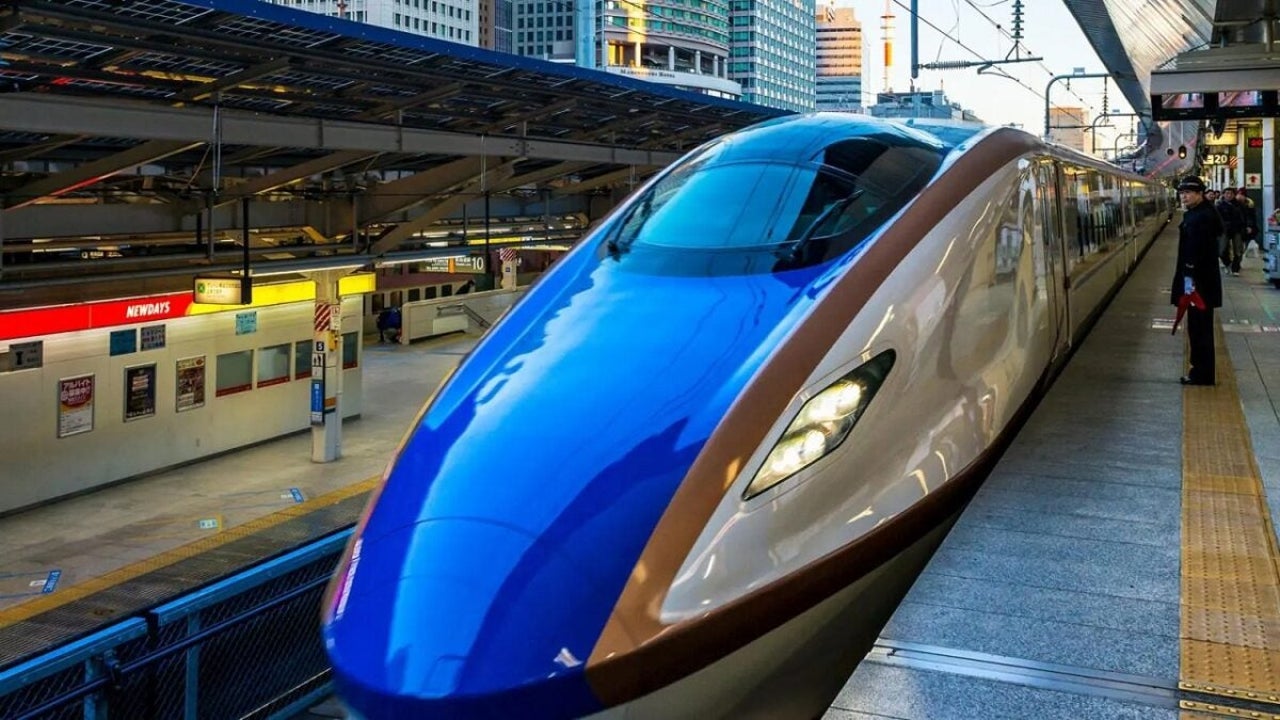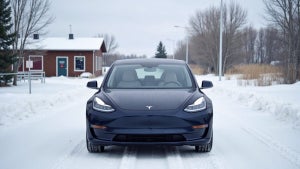News
The bullet train in Japan takes the leap: Driverless trains
Shinkansen trains have been operating for 60 years without any fatal accidents; will robots be able to do the same?

- September 12, 2024
- Updated: September 26, 2024 at 2:42 PM

In the West, we always see Japan as an advanced, magical, and mysterious country. Whatever they do there, we see as progress. They have earned a good reputation over the years and have a lot of credit. No wonder some of the best technology companies are Japanese.
Today’s news will surely raise some eyebrows. Each time technology takes away our jobs, it’s normal to frown and wonder if it is really necessary. In this case, we are talking about replacing the train engineers of the world’s fastest train (called Shinkansen) with machines. The problem is that engineers have a 60-year history without accidents or serious incidents.
On Tuesday, one of Japan’s main passenger train operators announced plans to introduce fully automated bullet trains by the mid-2030s. The decision is attributed to the declining population and reforms in the working style.
Advantages of the robot over the train conductor
JR East railway guarantees several advantages of autonomous operation, such as increased safety and stability in transportation, energy savings through operational efficiency, greater flexibility to meet demand, and the ability to reassign employees to other tasks.
The Shinkansen, the high-speed trains in Japan often described as bullet trains, connect the main cities of the country at speeds of up to 320 km/h. The Spanish high-speed train (AVE) reaches similar speeds.
These elegant trains and the 2,700 km of tracks that transport them are a symbol of Japan’s technological ingenuity and engineering, which includes earthquake detection systems and advanced braking. In addition, they have been operating for 60 years without accidents.
Travelers will have to wait about ten years to travel without a driver, as on the first line, the Joetsu line, there will still be personnel on board. However, they will be able to experience elements of automated bullet trains before that, as JR East will proceed with the modernization in stages.
In March 2029, travel between Nagaoka and Niigata stations will be done autonomously, but still with the supervision of a driver. The following year, trains in certain sections will no longer be crewed when they are out of service.
Fully automated bullet trains are just one of the many ways Japan is turning to technology to mitigate the effects of its declining population.
Journalist specialized in technology, entertainment and video games. Writing about what I'm passionate about (gadgets, games and movies) allows me to stay sane and wake up with a smile on my face when the alarm clock goes off. PS: this is not true 100% of the time.
Latest from Chema Carvajal Sarabia
You may also like

Tesla Increases Prices By Up To 22% Amid Canadian Boycott
Read more

Elon Musk Claims Tesla Cybertruck Can Function as a Boat, Skepticism Follows
Read more

What is input lag and how to reduce it to play better on your PC
Read more

Slate Auto Unveils Electric Truck, Transforming Heavy-Duty Transportation
Read more

Dodge Charger EV Set to Transform Electric Vehicle Landscape in 2026
Read more

Starbucks opens its first 3D printed store in the United States this Friday
Read more
